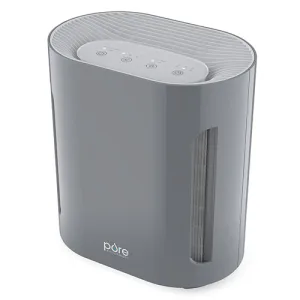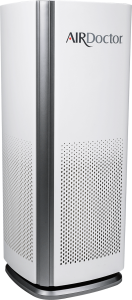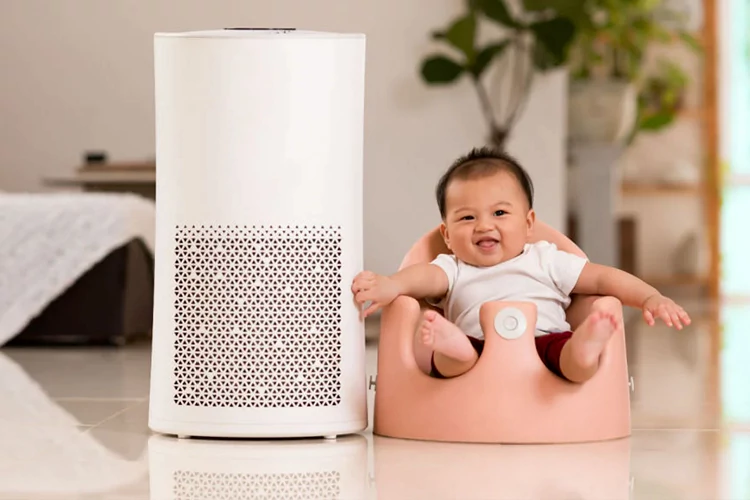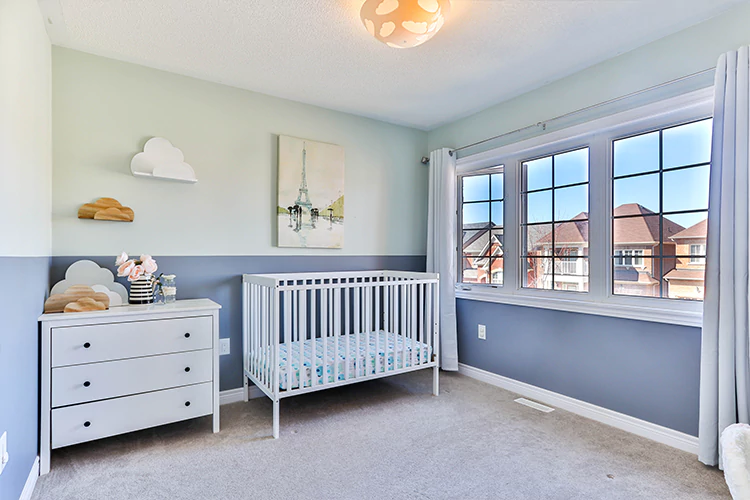Top Sellers
-
The 20 Best Air Purifiers
-
Best Air Purifiers for Baby Room
-
Best Air Purifiers for Pets
-
Most Energy-Efficient Air Purifiers
-
Best Air Purifiers For Allergies
-
Best Air Purifiers for Bacteria and Viruses
-
Top 7 Best Air Purifiers for Basement Smell And Mold
-
7 Best Air Purifiers for Bedroom
-
Top 8 Best Air Purifiers For Dorm Room
-
7 Best Air Purifiers for Large Rooms
-
Top 5 Best Air Purifiers For Nail Salons









